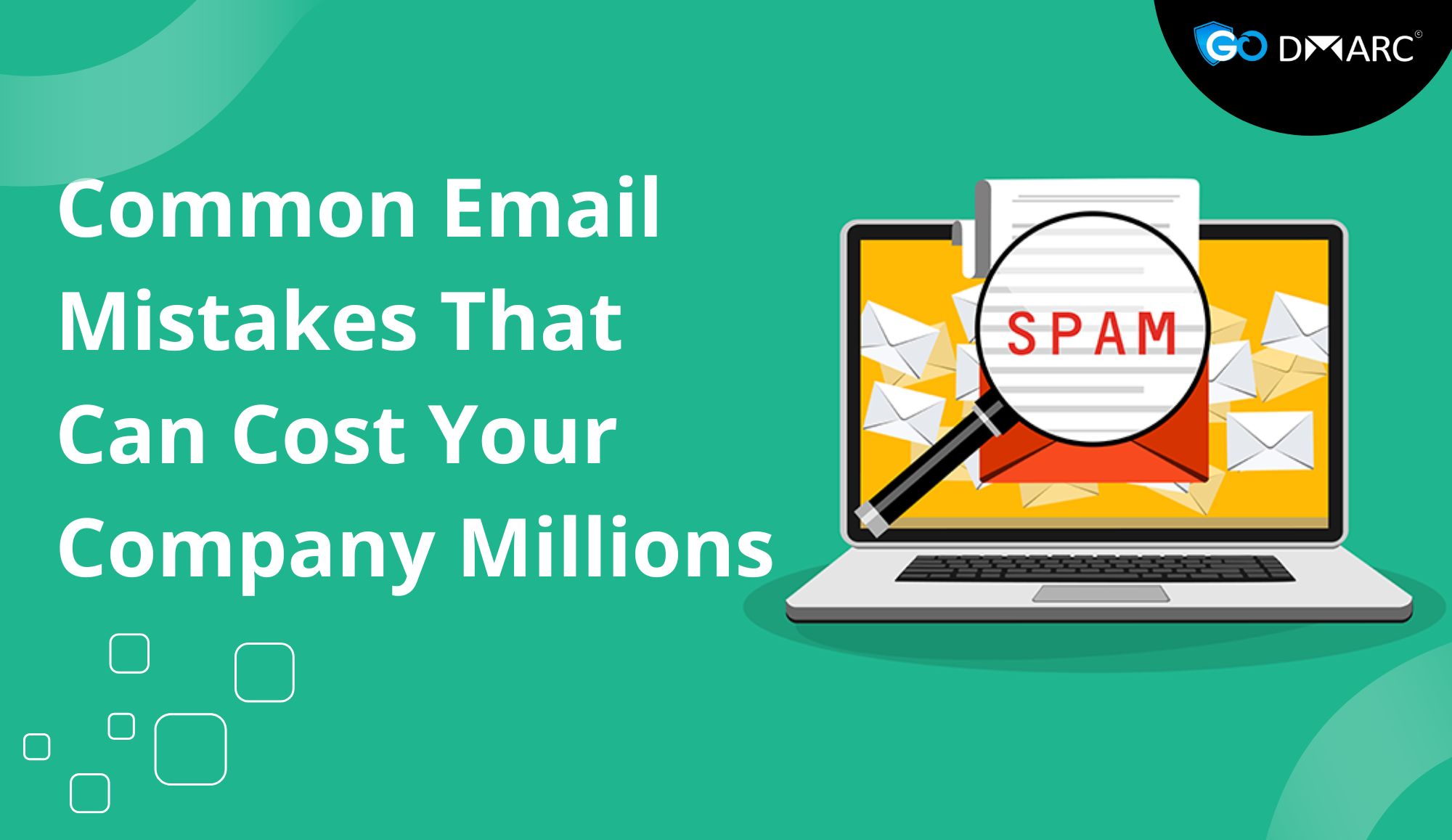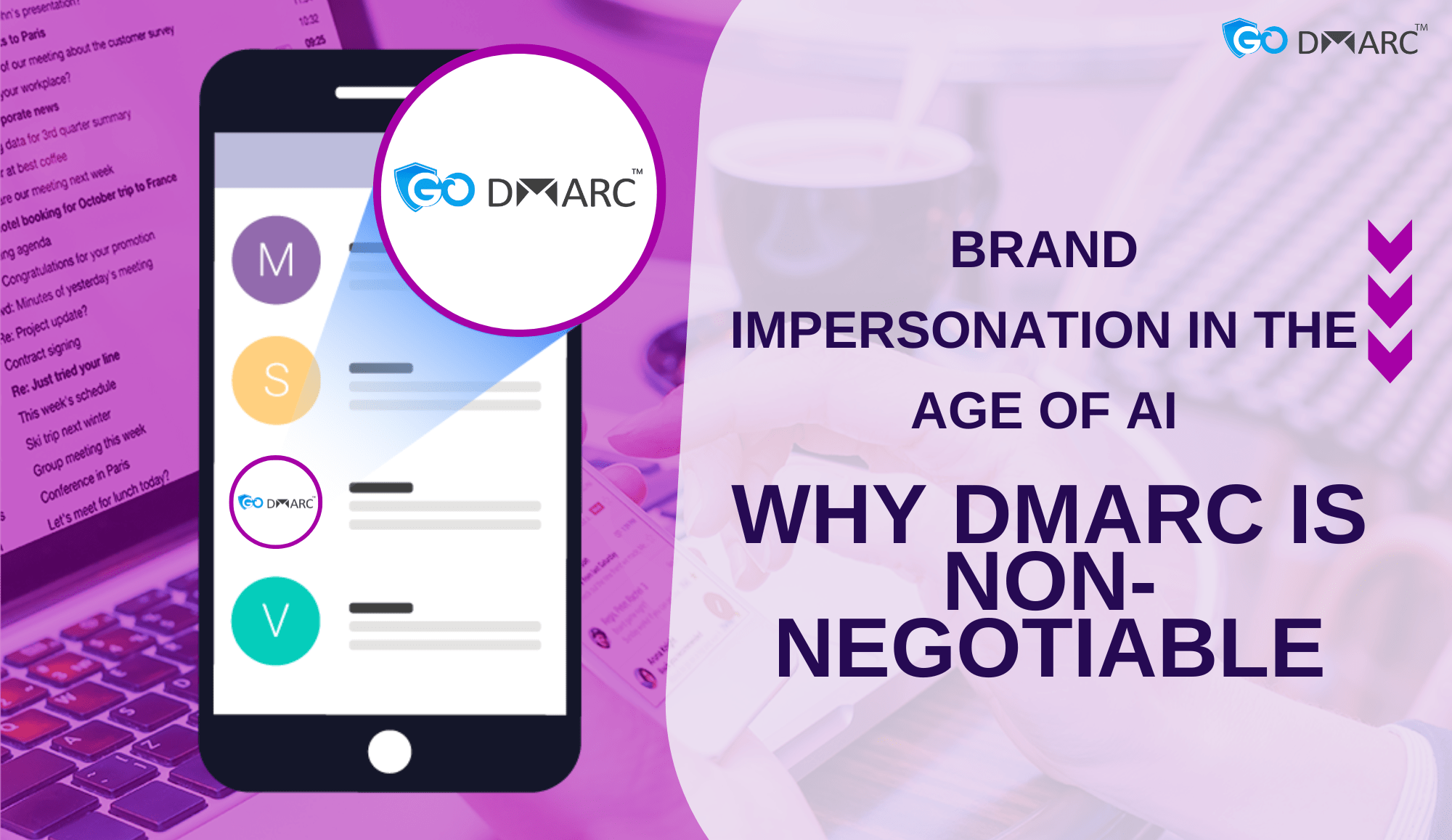As email continues to play a crucial role in business operations and personal communication, security and authenticity have become more important than ever. In response to growing cyber threats, Outlook has introduced significant updates that bulk email senders must act on before May 5, 2025. These updates aim to strengthen email authentication and reduce spoofing, phishing, and spam.
If you send over 5,000 emails a day, this update directly impacts your domain. Compliance with SPF, DKIM, and DMARC is mandatory from now on. Here’s a detailed look at what’s changing and how GoDMARC, a trusted DMARC service, can help you comply and thrive in the new email ecosystem.
Why Does Outlook’s Update Matter?
Outlook is raising the bar for email authentication by enforcing stricter policies to protect user inboxes. The upcoming enforcement requires high-volume senders to have the following in place:
- SPF (Sender Policy Framework): Must accurately list authorized IP addresses in your domain’s DNS.
- DKIM (DomainKeys Identified Mail): Must be implemented to validate message integrity.
- DMARC (Domain-based Message Authentication, Reporting & Conformance): Must be configured with at least a p=none policy and aligned with either SPF or DKIM.
Non-compliant messages will first be directed to recipients’ Junk folders. Eventually, Outlook will begin rejecting these emails entirely, displaying the error:
“550; 5.7.515 Access denied, sending domain [SendingDomain] does not meet the required authentication level.”
This means that without the proper DMARC configuration, your messages may not reach your audience at all.
What Bulk Senders Must Do Now?
Here are the essential steps you need to take to comply with Outlook’s new policies and avoid delivery issues:
1. Audit Your Authentication Setup
Review your domain’s SPF, DKIM, and DMARC records. Make sure:
- SPF includes all authorized sending sources.
- DKIM keys are properly published in your DNS.
- DMARC is configured with a clear policy (p=none, p=quarantine, or p=reject) and aligned with SPF or DKIM.
Using a reliable DMARC service like GoDMARC ensures accurate implementation without manual errors.
2. Use a DMARC Record Generator
If you haven’t set up DMARC before, a DMARC record generator can help. It creates the necessary DNS record tailored to your needs. GoDMARC provides an easy-to-use DMARC generator to streamline the process. This tool ensures that your records follow industry standards and Outlook’s new requirements.
3. Ensure Proper Sender Hygiene
Outlook also recommends maintaining sender hygiene:
- Use Compliant P2 Sender Addresses: Make sure the “From” and “Reply-To” addresses are valid and correctly reflect your sending domain.
- Include Functional Unsubscribe Links: Make it easy for recipients to opt out.
- Regularly update your Email List: Remove inactive or invalid addresses to reduce bounce rates.
- Be Transparent: Avoid misleading subject lines and headers.
These practices help with compliance and improve your sender reputation and deliverability.
Timeline for Enforcement
Starting May 5, 2025, Outlook will:
- Route non-compliant emails to the Junk folder.
- Eventually, reject them altogether.
The grace period gives you time to fix any issues, but inaction will soon result in undelivered emails and potentially damaged sender reputation.
Why Choose GoDMARC as Your DMARC Service Partner?
GoDMARC is a comprehensive DMARC service designed to secure your email channel and simplify compliance.
Here’s how we stand out:
- Unlimited RUA Reports: Unlike many providers, we don’t cap the volume of reports, giving you full visibility into your domain’s activity.
- MTA-STS and TLS Reporting: These advanced features enhance email transport security, protecting your messages during transmission.
- Google Postmaster Tool Integration: Monitor sender reputation and spot delivery issues before they affect your campaigns.
- Custom Alerts: Get real-time alerts for any unusual or suspicious email activity.
- User-Friendly Interface: Whether you’re a tech expert or a business owner, our dashboard makes it easy to track compliance and adjust settings as needed.
With GoDMARC, you can confidently navigate Outlook’s new policies and boost your email deliverability and brand protection.
Final Thoughts: Be Proactive, Not Reactive
The Outlook DMARC policy update marks a significant shift in how large-scale email communication will operate moving forward. These new requirements are not just about compliance, they’re about trust, security, and long-term success in email marketing and communication.
If you delay, your messages may be filtered or blocked altogether. But with the right tools, like GoDMARC’s DMARC service, you can transition smoothly, ensuring every email you send reaches the inbox and stays out of the spam folder.
Start Your DMARC Journey Today!
Don’t wait until May 2025. Take action now:
- Use a DMARC record generator to create your policy.
- Leverage GoDMARC’s tools and expertise.
- Monitor and refine your settings for optimal performance.
GoDMARC is the smarter DMARC service for businesses that take email seriously.




